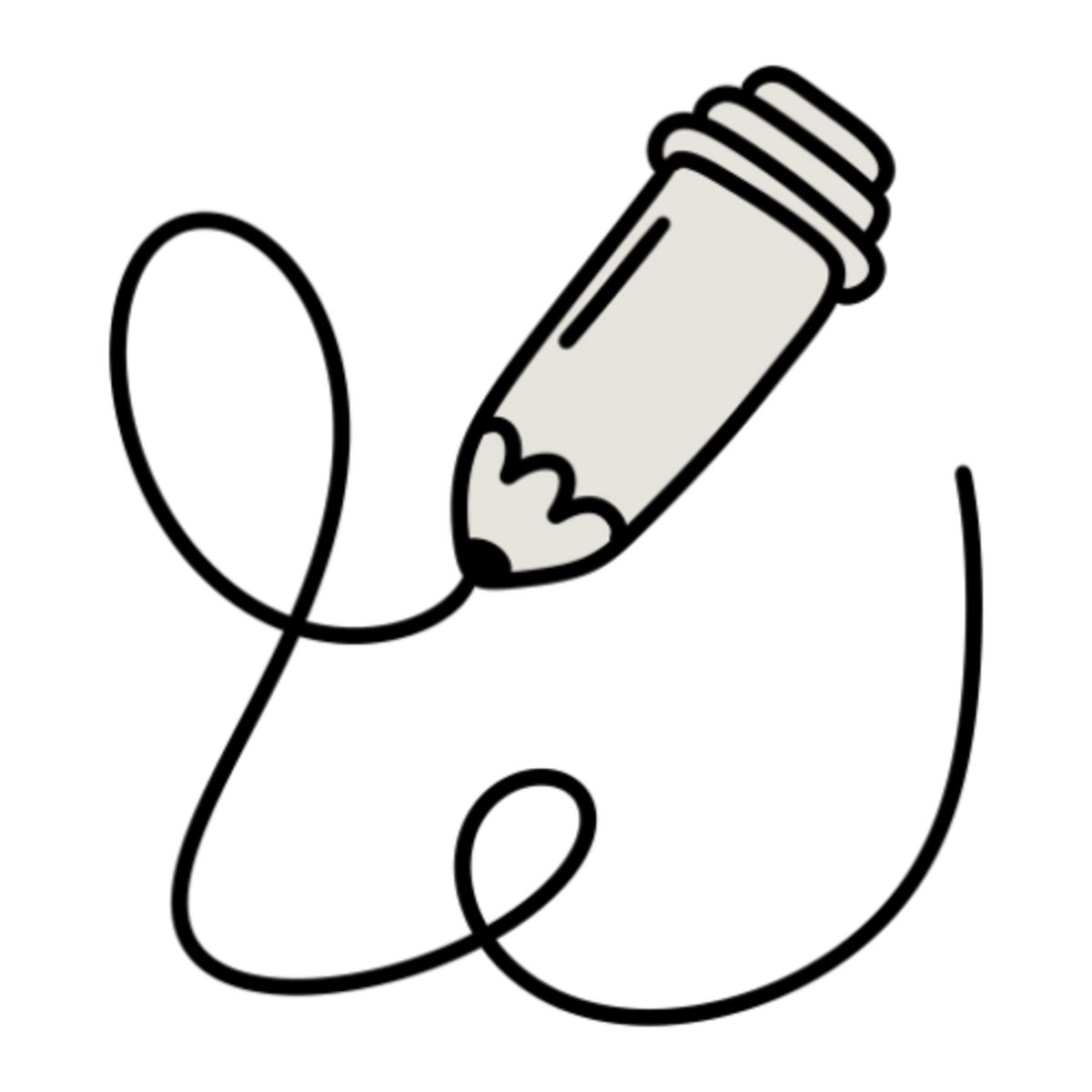The EU just killed its own anti-greenwashing law.
While you were optimizing CTR, regulators gave up on stopping fake sustainability claims.
Now brands face a choice: go transparent or go silent.
This Week's Prediction Challenge:
The EU Green Claims Directive was withdrawn in June 2025.
The directive would have required brands to verify environmental claims before using them.
Why it died: "Overly complex, administratively burdensome, and costly" according to the European People's Party.
Translation: Too hard to police, too expensive to enforce.
Meanwhile:
230 sustainability labels exist in the EU with "vastly different levels of transparency"
The authenticity crisis is here.
Four possible moves happen next:
A) Brands go silent—stop all sustainability claims (avoid regulation risk entirely)
B) Radical transparency wins—brands publish full supply chain data (Patagonia model scales)
C) Certification boom—third-party verification becomes the new standard
D) Nothing changes—brands find loopholes, greenwashing continues unchecked
Don't predict yet. I'm breaking down each move this week.
By Friday, you'll know which one happens first.
The 59-sec takeaway:
When regulation fails, brands face a trust crisis.
Half of sustainability claims are fake and consumers know it already.
The market corrects in one of three ways:
Silence (brands stop claiming anything)
Radical honesty (full transparency becomes competitive advantage)
Third-party proof (certifications replace vague claims)
Or nothing changes and greenwashing becomes permanent.
The choice: authentic or silent.
Because "eco-friendly" without proof is now a liability, not an asset.
Read on for: Why the directive failed, what brands are doing now, and how this creates market opportunity.
The Situation:
The goal: Stop greenwashing by requiring third-party verification BEFORE brands could make environmental claims.
The requirement: Companies with 10+ employees and €2M+ revenue had to submit evidence for claims like:
"Carbon neutral"
"Eco-friendly"
"Sustainable"
"Climate positive"
What killed it:
June 20, 2025: European Commission announced withdrawal.
June 23, 2025: Italy withdrew support. Negotiations ended.
The EPP (largest political group) said: Too burdensome for small businesses.
Translation: Pre-verification is expensive. SMEs can't afford it. So we're abandoning the whole thing.
The reality:
Brands projected to lose $2 billion to greenwashing backlash (class actions, reputation damage).
The directive would have fixed this. Now it's dead.
Why it matters:
The directive's death creates a vacuum.
Scenario 1: The "Greenhushing" Effect
Some companies will stop making ANY environmental claims.
Why? Risk of litigation without clear rules.
If you can't verify claims and regulators won't define standards, safest move is to say nothing.
But:
57% of consumers willing to pay more for sustainable products.
Silence will mean leaving money on the table.
Scenario 2: The Patagonia Bet
A few brands double down on radical transparency.
Publish everything: supply chain, carbon emissions, failures, progress.
This becomes a competitive advantage BECAUSE most brands stay silent or vague.
But:
Most brands won’t do it because transparency is expensive. It requires infrastructure and to admit imperfection publicly. Most brands won't do it.
Scenario 3: The Certification Land Grab
230 sustainability labels already exist in the EU.
Without government verification, third-party certifications fill the void.
B Corp. Fair Trade. Carbon Neutral certified. EU Ecolabel. To name a few.
But:
Who verifies the verifiers? And consumers don't understand the difference between these certifications.
The pattern:
When top-down regulation fails, market-driven solutions emerge.
Either through competitive pressure (transparency wins) or through private gatekeepers (certifications).
Or brands exploit the vacuum and greenwashing continues.
How To Use This:
If you're building a brand that makes ANY sustainability claims:
Option 1: Go Radically Transparent
Don't wait for regulation. Publish everything:
Full supply chain (even the ugly parts)
Carbon footprint (actual numbers, not offsets)
Progress reports (what you're fixing, what you haven't fixed yet)
Third-party audits (let others verify your claims)
For Under 59: I could publish:
Open newsletter analytics (exactly what tactics work/don't work)
Prediction accuracy tracking (how often I'm right/wrong)
Behind-the-scenes breakdowns (how I research, what I miss)
Transparency gives trust and trust is always the competitive moat.
Option 2: Get Certified (Before It's Mandatory)
Don't make vague claims. Get third-party proof.
B Corp certification. Carbon Neutral certification. Fair Trade. Organic.
The cost of certification < the cost of greenwashing lawsuit.
Option 3: Stay Silent (Strategic Pause)
If you can't verify claims, don't make them. Instead, focus messaging on:
Product quality
Customer experience
Value proposition
NOT on unverifiable sustainability claims.
Because silence is better than legal liability.
What NOT to do:
Don't use vague terms like:
"Eco-friendly" (without proof)
"Sustainable" (without metrics)
"Carbon neutral" (without third-party verification)
"Green" (without specifics)
Even without the directive, existing laws still apply:
The Empowering Consumers for Green Transition Directive (adopted Feb 2024, applies Sept 2026) STILL bans:
Generic environmental claims without proof
Misleading sustainability labels
Climate claims based solely on offsets
The Green Claims Directive died, but greenwashing is still illegal.
Why this matters for Monday’s prediction:
With no pre-verification requirement, what do brands do?
Option A (Go Silent): Risk-averse brands abandon sustainability messaging entirely.
Option B (Radical Transparency): Bold brands publish everything, gain competitive advantage.
Option C (Certification Boom): Third-party verifiers become gatekeepers, brands pay for credibility.
Option D (Nothing Changes): Brands keep making vague claims, enforcement stays weak.
The directive's death doesn't end the crisis but escalates it.
Clue #1 collected.
Tomorrow: What happens when brands go completely silent (the "greenhushing" phenomenon).
See you tomorrow,
Pavan
P.S. The directive died because it was "too burdensome." But 53% of sustainability claims are still fake. Somebody's going to solve this. Who moves first?
